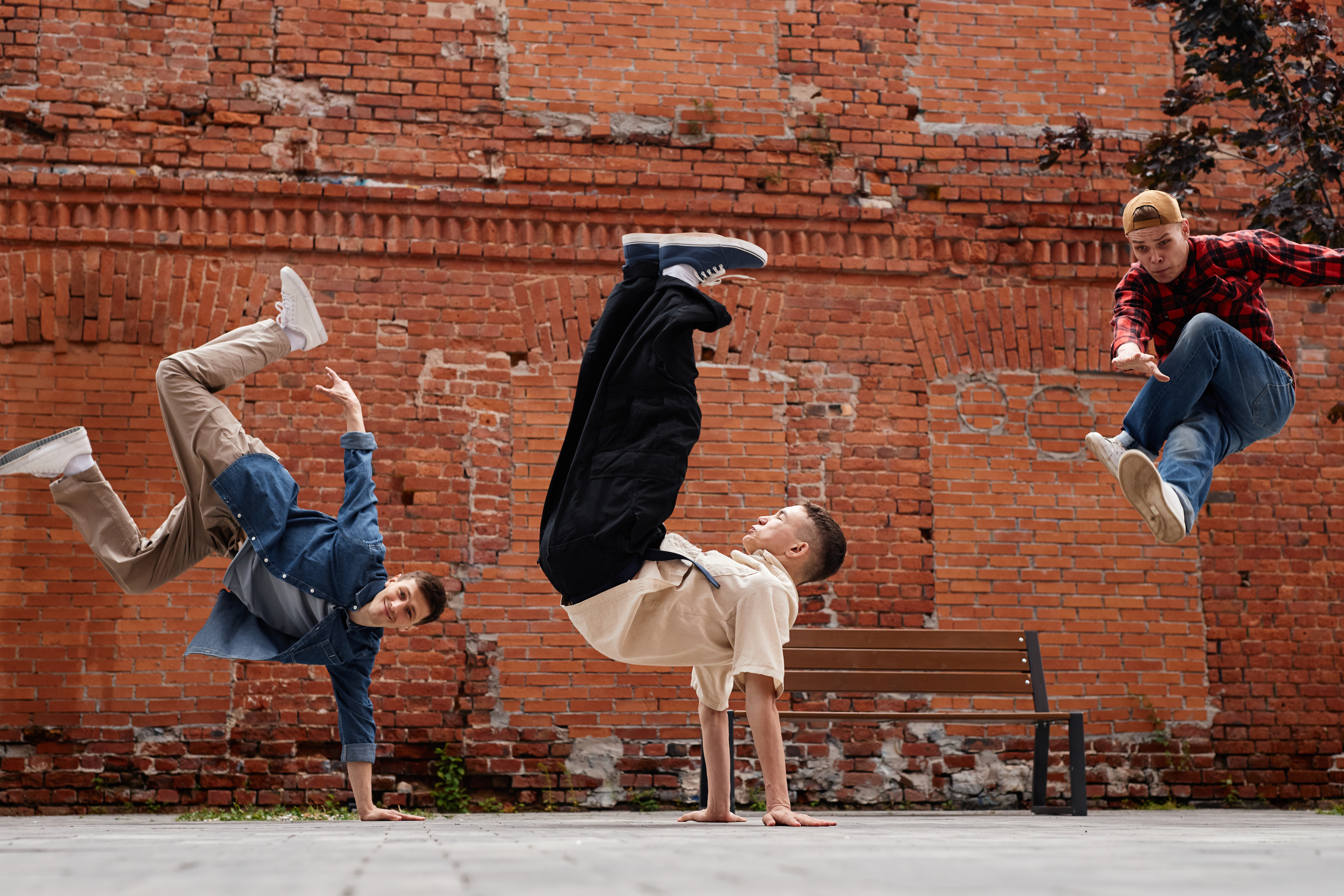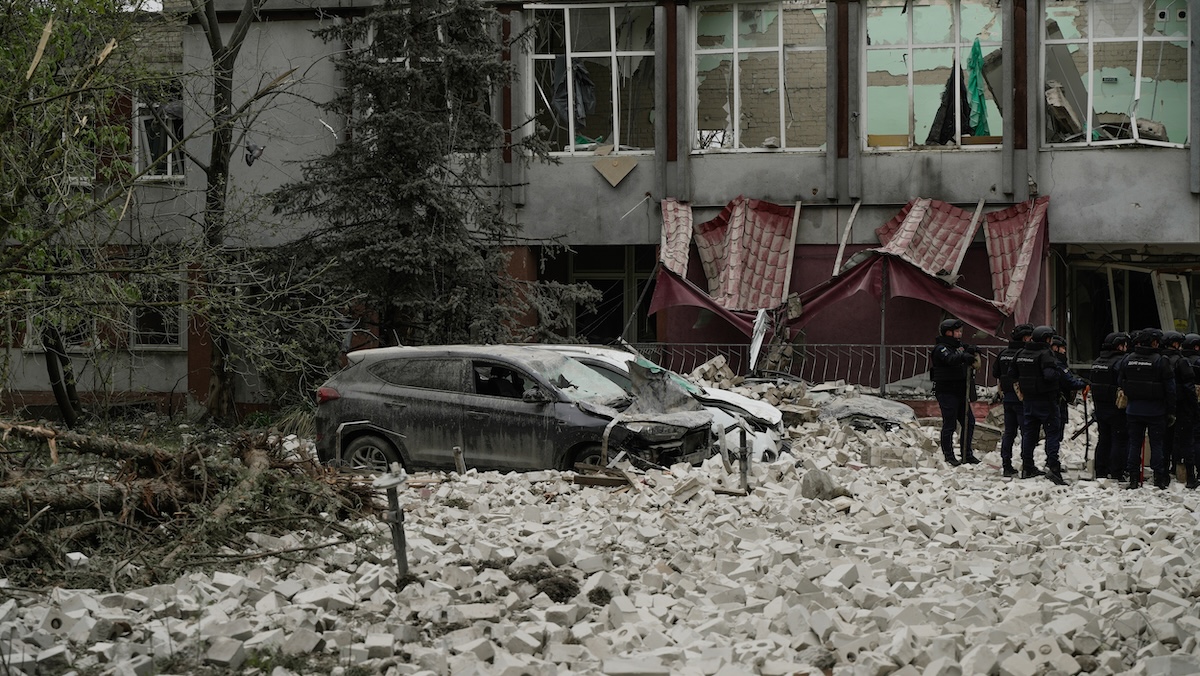Irish Prime Minister Leo Varadkar joined along as Manhattan's Fifth Avenue came alive with the sound of bagpipes, trumpets and lots of green Saturday during the 257th running of New York City's St. Patrick's Day parade.
Several bagpipe bands led a parade made up of over 100 marching bands after Democratic Gov. Andrew Cuomo spoke briefly, calling it a "day of inclusion" and adding: "We're all immigrants."
Mayor Bill de Blasio, also a Democrat, marched with police Commissioner James O'Neill under sunny skies as some spectators sipped coffee to stay warm several days before the start of spring.
Varadkar watched the parade at St. Patrick's Cathedral before joining the march himself.
The parade, which began at 11 a.m., typically lasts nearly six hours. An estimated 150,000 marchers were to make the 1.4-mile (2.2-kilometer) trek past Central Park, the Cathedral and Trump Tower.
A big event since the mid-1800s, the parade has been a celebration of Irish culture and of Irish immigrants, who once faced nativist calls for their exclusion from the workforce — and from the country — when they began arriving in the city in huge numbers during the Irish Famine.
In the 1990s, the parade's organizers were involved in annual fights over whether to exclude openly gay groups from the march.
Those battles are now history. This year, at least two groups in the parade have banners identifying marchers as gay, lesbian, bisexual or transgender.
U.S. & World
For the 167th time, the lead group marching in the parade was 800 members of the 1st Battalion, 69th Infantry Regiment, of the New York Army National Guard. The regiment, once predominantly made up of Irish immigrants, first led the parade in 1851 as a deterrent to anti-immigrant violence.
Judy Hughes, whose father used to march with the 69th Infantry Regiment, also known as the "Fighting Irish," said she's been attending the parade "since I was a little girl."
Her husband, Bill Hughes, a retired police officer who marched in the parade for 10 years, looked on as a band marched by.
"It's better being on the other side," he said.
This year's grand marshal is Loretta Brennan Glucksman, chairman of The American Ireland Fund, a group that has raised millions of dollars for philanthropic projects in Ireland, including funding for integrated schools for Catholic and Protestant children in Northern Ireland.
She was riding along the parade route in a Central Park horse carriage, driven by a family friend.
The parade is a familiar occasion for Matthew McCrosson, 68, who has marched in the New York event many times in the past 50 years.
"The parade truly signifies the Irish investment over 250 years in the greater New York area," McCrosson said. "The parade represents not only Irish, but people from all nationalities."
Danny and Carol Manley, an Irish New Jersey couple, watched the parade with their son, Dan Jr.
"We like to come back, get together, see the bagpipers and see how the generations have grown up," Danny Manley said.



